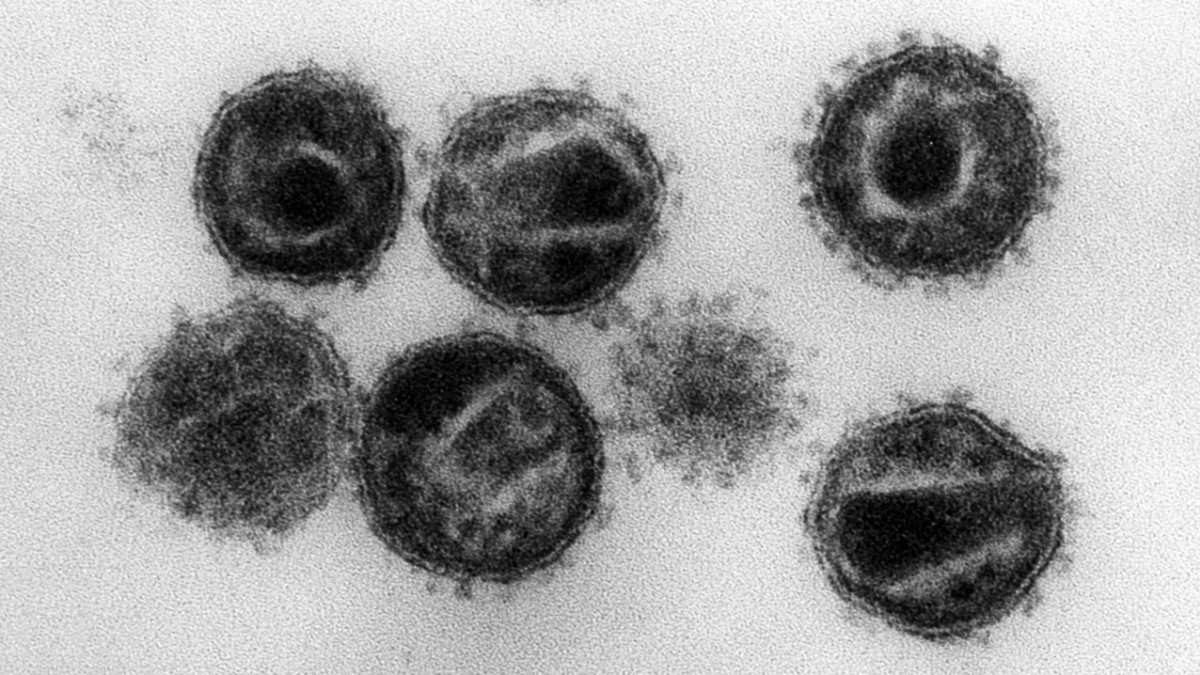Healing is a big word. This is especially true when it comes to a disease like AIDS. If you think back to the discussions in the 1980s and early 1990s, you will remember that a positive HIV test at that time was mostly equated with a death sentence. Many infected people are now considered “long-term survivors” and AIDS has rather assumed the status of a chronic illness. Nevertheless, full recovery from the immune deficiency is still absolutely unusual.
Scientists from Great Britain are now reporting on a cure in the specialist magazine Lancet. Accordingly, no active virus could be detected in the blood of an HIV patient, who is only referred to as “The London Patient”, even 30 months after the end of antiretroviral therapy. This success came about by transplanting stem cells from a donor who has a rare gene that confers resistance to HIV. Just under one percent of the population has this genetic defect. It prevents the virus from merging with the host cell and thus protects against infection. If residues of HIV-DNA may still appear in the patient’s blood or tissue, these are harmless fragments, so-called “fossils”, and not dangerous pathogens that could multiply, the scientists write.
Treatment is reserved for patients who also have blood cancer
“Our results show that the second patient worldwide has now been cured of HIV,” said the study’s lead author, Ravindra Kumar Gupta of Cambridge University. “The success of a stem cell transplant nine years ago could therefore be repeated.” In 2011, the “Berlin patient” was cured in a similar way as was reported three and a half years after his two stem cell transplants. In addition, the person infected with HIV had received full body radiation and chemotherapy at the time in order to rule out the possibility of the virus multiplying. In contrast, the British researchers emphasize that less effort has also led to success in the current case.
However, the treatment involves various risks and is reserved for a few patients. “This therapy is only used if patients have life-threatening blood cancer in addition to their HIV infection,” says Ravindra Kumar Gupta. The London patient was also suffering from Hodgkin’s disease, a malignant lymphatic cancer; the Berlin patient had suffered from leukemia. “This is not a treatment that we offer to patients with HIV if they are already receiving successful antiretroviral therapy.”
It has long been speculated whether the rare genetic resistance to HIV could be a promising approach for the treatment of AIDS, for example through a targeted change in DNA (“gene editing”). “However, there are still many technical and ethical obstacles to be overcome before this happens,” says Dimitra Peppa from Oxford University, who was also involved in the study. HIV researcher Sharon Lewin from the University of Melbourne is impressed by the numerous tissue samples and examinations in the current study, which are intended to prove that no viruses are active in the patient’s body, as she wrote in a comment. “The patient may be reassured that no intact virus has been found. However, only time will tell whether the patient is actually cured.”
– .


